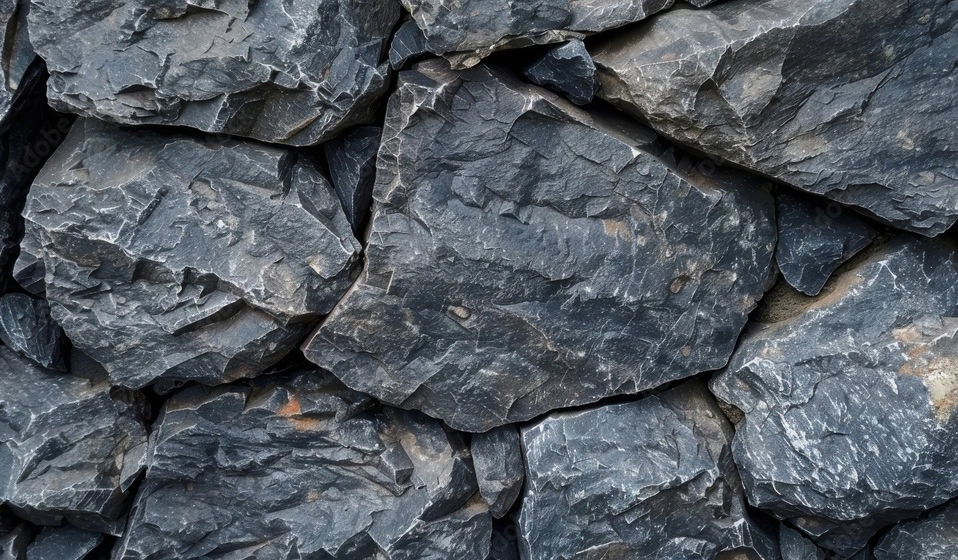
Basalt: The Volcanic Rock
What is Basalt?
Basalt is a dark-colored, fine-grained volcanic rock rich in iron and magnesium. It is an extrusive igneous rock, meaning it forms from lava that cools quickly on the Earth’s surface.
Composition
- Primary minerals: Calcic plagioclase feldspar and pyroxene (with or without olivine)
- May also contain: Quartz, hornblende, biotite, hypersthene, and feldspathoids
- Silica content: Less than 52% (SiO₂)
Characteristics
- Color: Dark gray to black
- Texture: Coarse and porous, often with gas bubbles (vesicles)
- Viscosity: Low, allowing lava to flow easily
- Porphyritic texture: Sometimes contains larger crystals (phenocrysts) embedded in a fine matrix
- May contain mantle xenoliths: Fragments of the Earth’s mantle carried to the surface
Formation
- Forms from rapidly cooled basaltic lava
- Commonly associated with volcanic eruptions, mid-ocean ridges, and hotspots
Uses
- Construction: Stone walls, cladding, paving
- Landscaping: Decorative gravel and crushed stone
- Industrial applications: Used in fiber reinforcement (basalt fiber)
